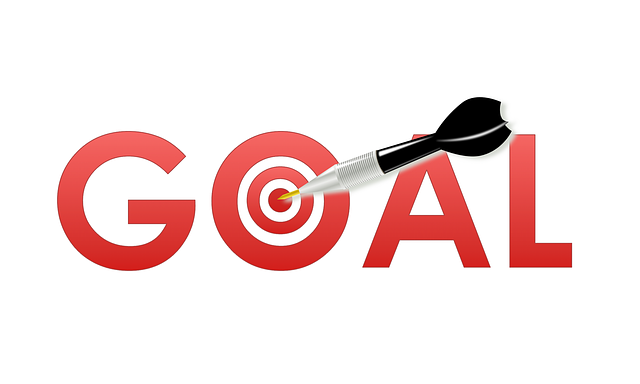From the archive - Goal for Southeastern ecosystems approved by state wildlife agency directors

A couple of weeks ago, the directors of the Southeastern Association of Fish and Wildlife Agencies (SEAFWA) unanimously approved an explicit goal for Southeastern ecosystems. This was a high priority improvement in the Southeast Conservation Adaptation Strategy (SECAS). I’ve been talking about the steps leading up to this goal in my last few blog posts.
The Goal
Long-term
- 10% or greater improvement in the health, function, and connectivity of southeastern ecosystems by 2060
Near-term
- 1% improvement in the health, function, and connectivity of southeastern ecosystems every 4 years
- 1% increase in conservation actions within the Southeast Conservation Blueprint every 4 years
Basis for the numbers
The long-term goal is intended to be both ambitious and achievable. It is based on a synthesis of 12 regional and subregional ecosystem assessments covering the Southeast (e.g., the Everglades Report Card, State of the South Atlantic, Chesapeake Bay Report Card, State of the Birds, etc.). The near-term goals identify minimum progress needed to stay on track with meeting the long-term goal.
Intended uses of the goal
- Provide a simple description of what SECAS is trying to do. This will complement the broad SECAS vision of designing and achieving a connected network of landscapes and seascapes that supports thriving fish and wildlife populations and improved quality of life.
- Attract additional sources of conservation funding to the Southeast. A shared goal and measurement system can help communicate the need for additional funding.
- Identify new opportunities for collaboration around shared interests. A shared goal and understanding of Southeastern ecosystem condition can help reveal new ways to work together that may not be obvious when looking at species and ecosystems in isolation.
- Improve connections with “non-traditional” partners. A shared goal can help improve communication with private landowners, urban planners, forestry/agricultural interests, the Department of Defense, and other organizations shaping the lands and waters of the Southeast.
Next steps
The plan is to report on progress toward the goal every year based on existing, on-going assessments. Not all assessments release new information every year, but every year we do learn something new from some ongoing assessments. As you probably already know, there are a number of tricky things about doing this synthesis and it certainly won’t be perfect! One of the bigger challenges is tracking an increase in conservation actions within the Southeast Blueprint. There’s been great progress for tracking some types of actions, like land acquisition and prescribed fire, but others like economic incentives and restoration will be trickier.
We will also be incorporating the goal into our Blueprint user support. Many Blueprint users have asked for a goal like this to make a compelling case for why more conservation funding is needed and how projects fit into a larger strategy. If you’d like help using the Blueprint to support a proposal or to inform a decision, feel free to contact me, Hilary, or Louise. We’re glad to help.